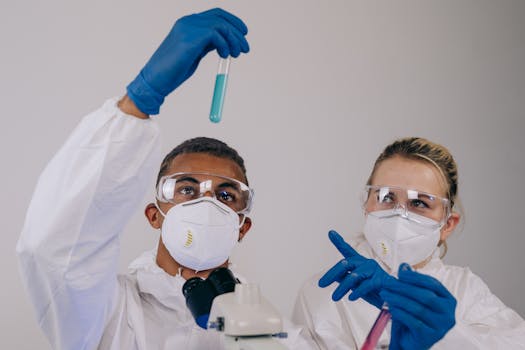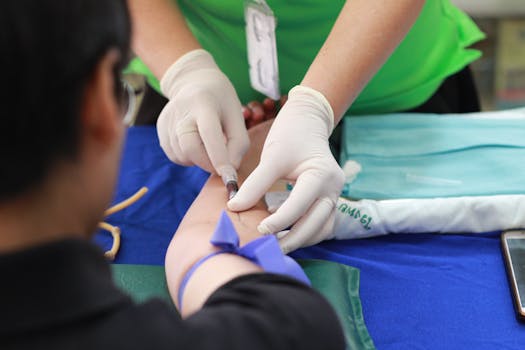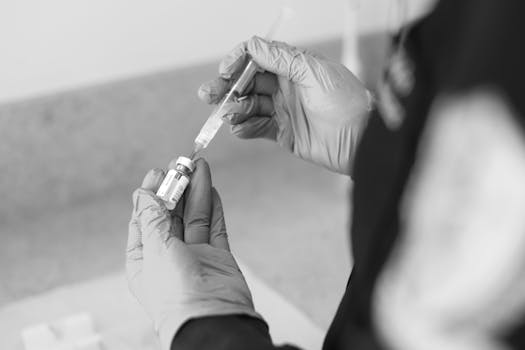
The Science Behind Vaccines and Public Health: The Science Behind Vaccines and Public Health
The science behind vaccines and public health is a vital aspect of modern medicine. Vaccines have been instrumental in preventing the spread of infectious diseases and have saved countless lives. In this article, we will delve into the science behind vaccines, their development, safety, and effectiveness, as well as their impact on public health.
What are Vaccines?

Vaccines are biological preparations that provide active acquired immunity to a particular infectious disease. They are typically made from weakened or killed forms of the disease-causing agent, such as a virus or bacteria. When a vaccine is administered, it stimulates the body’s immune system to produce antibodies and immune cells that can recognize and fight the disease-causing agent.
How are Vaccines Developed?

The development of vaccines involves several stages, including research, development, testing, and approval. The process typically starts with research, where scientists identify the disease-causing agent and develop a vaccine candidate. The vaccine candidate is then tested in laboratory and animal studies to assess its safety and effectiveness. If the vaccine candidate shows promise, it is then tested in human clinical trials, where its safety and effectiveness are further evaluated. Finally, the vaccine is approved by regulatory authorities and made available to the public.
Types of Vaccines

There are several types of vaccines, including inactivated vaccines, live attenuated vaccines, conjugate vaccines, and subunit vaccines. Inactivated vaccines are made from killed forms of the disease-causing agent, while live attenuated vaccines are made from weakened forms of the disease-causing agent. Conjugate vaccines combine a weak antigen with a carrier protein to enhance immune response, while subunit vaccines use only specific components of the disease-causing agent, such as proteins or sugars.
Vaccine Safety and Effectiveness

Vaccines are highly effective in preventing infectious diseases and have an excellent safety record. The vast majority of vaccines are made from weakened or killed forms of the disease-causing agent, which minimizes the risk of adverse reactions. Additionally, vaccines are subject to rigorous testing and approval processes, which ensure their safety and effectiveness. In fact, according to the Centers for Disease Control and Prevention (CDC), vaccines have been shown to be 90-100% effective in preventing infectious diseases.
Impact of Vaccines on Public Health

Vaccines have had a profound impact on public health, preventing millions of cases of infectious diseases and saving countless lives. For example, the introduction of the measles vaccine in the 1960s led to a 99% decline in measles cases in the United States. Similarly, the introduction of the polio vaccine in the 1950s led to the near elimination of polio worldwide. Vaccines have also been instrumental in preventing the spread of diseases such as influenza, hepatitis, and human papillomavirus (HPV).
Conclusion

In conclusion, the science behind vaccines and public health is a complex and fascinating field. Vaccines have been instrumental in preventing the spread of infectious diseases and have saved countless lives. By understanding the development, safety, and effectiveness of vaccines, we can appreciate the importance of immunization in maintaining public health.





